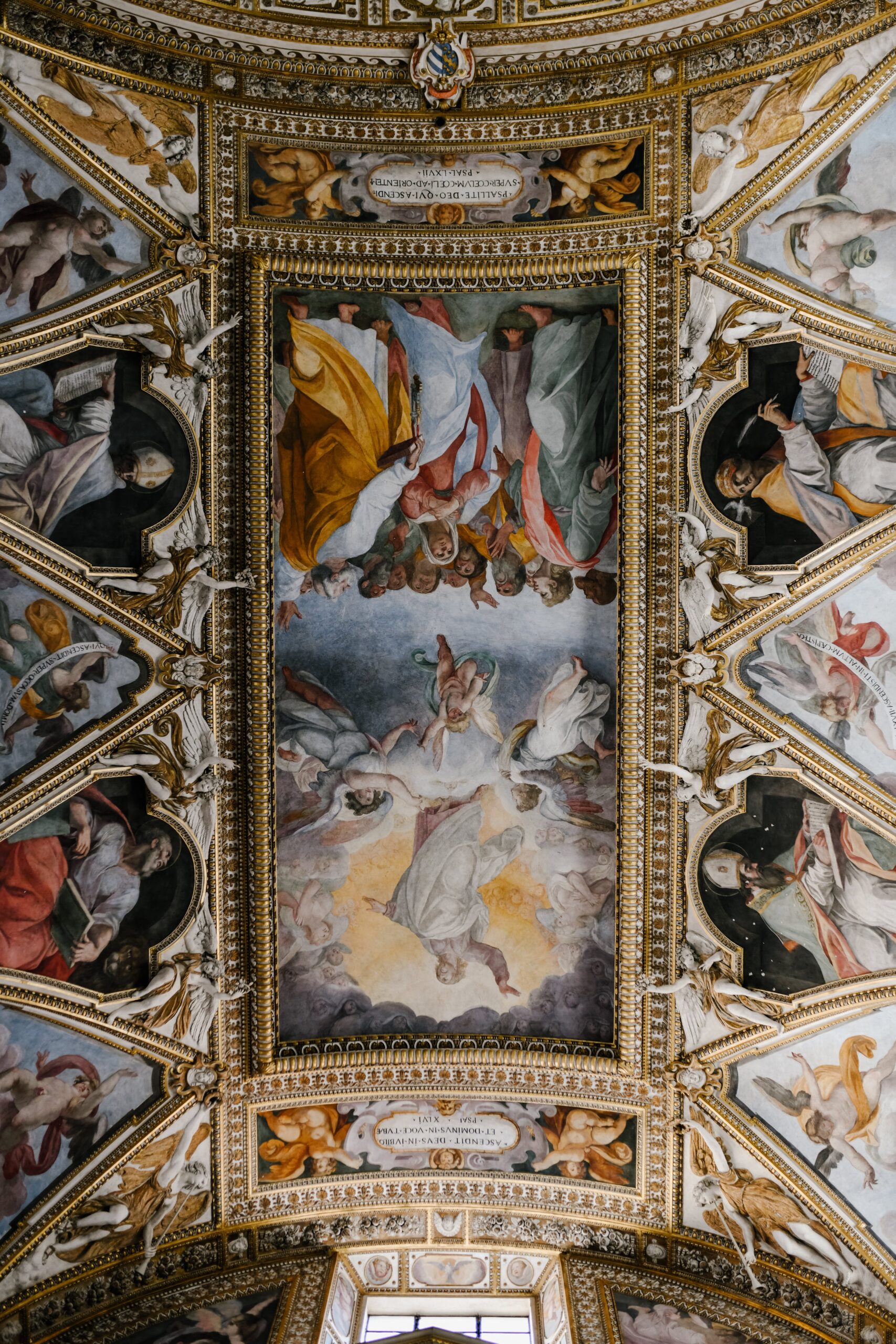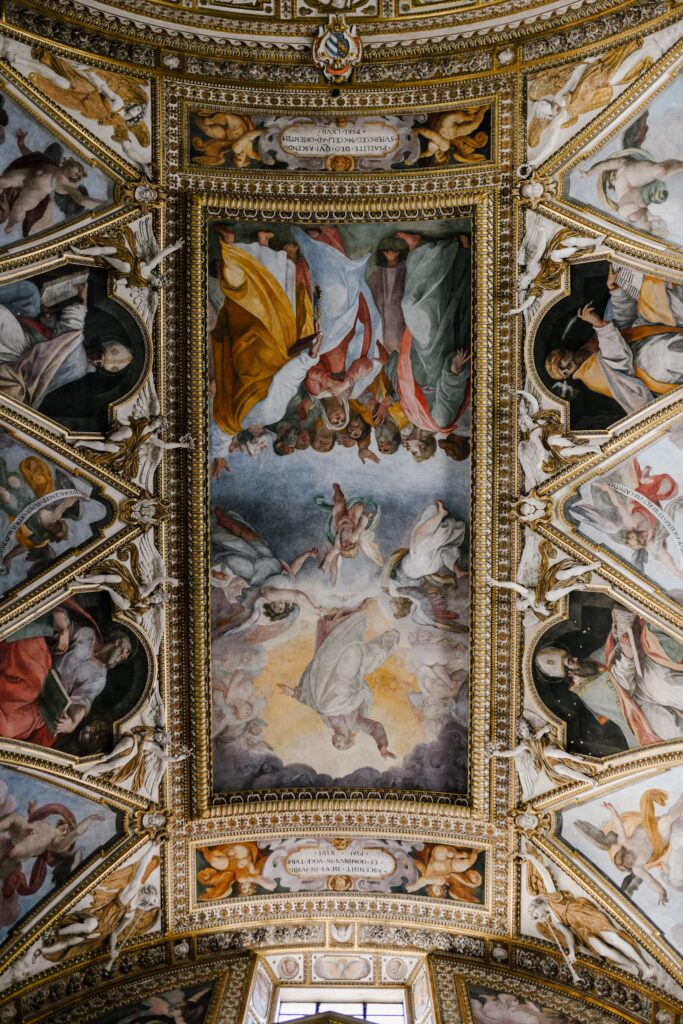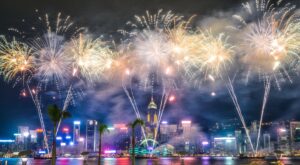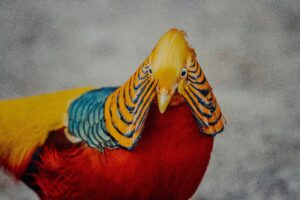
Table of Contents
History of Poetry: A Cultural Chronicle
1. Ancient History of Poetry
Overview:
- Poetry has ancient roots, often traced back to oral traditions.
- Early civilizations, such as the Greeks and Mesopotamians, used poetry for storytelling and cultural preservation.
Real-Life Example: “Homer’s ‘Iliad’ and ‘Odyssey’ are epic poems from ancient Greece that have endured through centuries.”
2. Classical Epics: Greece and Rome
Overview:
- Ancient Greek and Roman poets, like Virgil and Ovid, crafted epic poems.
- Poetry evolved as a means to explore philosophical ideas, mythology, and the human experience.
Real-Life Example: “Virgil’s ‘Aeneid’ is an epic poem that tells the legendary story of Aeneas, connecting the history of Rome to mythical origins.”
3. Medieval Poetry: Troubadours and Minnesingers
Overview:
- In the Middle Ages, troubadours and minnesingers in Europe composed lyric poetry focusing on courtly love and chivalry.
- Poetry played a crucial role in courtly culture and expressed sentiments of romance and devotion.
Real-Life Example: “The troubadour tradition in medieval Provence produced lyric poetry that celebrated courtly love and ideals of chivalry.”
4. Renaissance History of Poetry Revival
Overview:
- The Renaissance witnessed a revival of interest in classical forms.
- Poets like Shakespeare and Petrarch explored themes of love, politics, and the human condition.
Real-Life Example: “William Shakespeare’s sonnets are a testament to the Renaissance’s exploration of intricate emotions and human relationships.”
5. Romantic Movement
Overview:
- The Romantic era, spanning the late 18th to mid-19th century, celebrated individualism, emotion, and nature.
- Poets like Wordsworth, Coleridge, and Byron played pivotal roles in this movement.
Real-Life Example: “William Wordsworth’s ‘Lines Composed a Few Miles Above Tintern Abbey’ exemplifies the Romantic focus on nature and personal reflection.”
6. Victorian History of Poetry
Overview:
- The Victorian era saw a diverse range of poetic expressions, from the introspective works of Tennyson to the social critiques of Browning.
- Poetry became a powerful medium for addressing societal changes and industrialization.
Real-Life Example: “Alfred Lord Tennyson’s ‘The Charge of the Light Brigade’ captures the heroism and tragedy of war, reflecting Victorian ideals.”
7. Modern and Contemporary Periods
Overview:
- The 20th century brought diverse movements, including Modernism and the Beat Generation.
- Contemporary poetry continues to explore new forms, voices, and cultural perspectives.
Real-Life Example: “Langston Hughes, a key figure of the Harlem Renaissance, contributed to the rich tapestry of American poetry with his works.
Cultural Context:
- Poetry reflects the cultural, social, and political contexts of its time, providing insights into the collective consciousness of societies.
Language & Culture:
- Different cultures have distinct poetic traditions, showcasing the intimate connection between language and cultural expression.
The history of poetry is a journey through diverse cultures and epochs, capturing the essence of human experience in verse. From oral traditions to contemporary expressions, poetry remains a powerful medium for artistic and cultural exploration.
Explore the World of Poetry: Discover More
8. Contemporary Diversity: Poetic Movements
Overview:
- Contemporary poetry embraces a multitude of voices and movements.
- Postmodernism, spoken word, and slam poetry reflect a shift toward diverse perspectives and unconventional forms.
Real-Life Example: “The emergence of slam poetry in the late 20th century, with poets like Saul Williams and Patricia Smith, brought a dynamic and performative aspect to the art.”
9. Digital Age and Poetry
Overview:
- The digital age has transformed the landscape of poetry.
- Poets use online platforms, social media, and digital tools to share their work, reaching global audiences.
Real-Life Example: “Rupi Kaur gained widespread recognition through Instagram, using the platform to share her poignant and minimalist poetry.”
10. Cultural Influences: Global Poetry
Overview:
- Globalization has facilitated the exchange of poetic traditions and styles.
- Poets from various cultures contribute to a rich tapestry of global poetry, blending traditions and perspectives.
Real-Life Example: “Nizar Qabbani, a Syrian poet, seamlessly merged classical Arabic poetic forms with modern themes, reflecting the intersection of tradition and contemporary life.”
11. Poetry as Social Commentary
Overview:
- Throughout history, poets have been agents of social change.
- Modern poets address issues like identity, inequality, and justice, using poetry as a tool for advocacy.
Real-Life Example: “Amanda Gorman’s poem ‘The Hill We Climb,’ delivered at the 2021 presidential inauguration, exemplifies poetry as a powerful medium for social commentary and hope.”
12. Experimental and Avant-Garde Poetry
Overview:
- Some poets push the boundaries of traditional forms, experimenting with language, structure, and multimedia.
- Experimental poetry challenges conventional norms, inviting readers to explore new modes of expression.
Real-Life Example: “E.E. Cummings, known for his unconventional use of punctuation and syntax, exemplifies the avant-garde approach to poetry in the 20th century.”
Looking for the place where this picture was taken?
Comment on our instagram and we will reply.
Frequently Asked Questions
What is the origin of poetry?
The origin of poetry dates back to ancient times and is deeply rooted in the oral traditions of various cultures. Poetry likely began as a form of expression through rhythmic and musical language, often passed down orally from generation to generation.
Who began poetry?
The beginnings of poetry are not attributed to a specific individual. Poetry likely emerged organically across different cultures and regions as a means of storytelling, ritualistic expression, and emotional communication.
Who first wrote poetry?
The identity of the first person to write poetry is unknown, given the ancient and collective nature of its origins. Many cultures developed poetic traditions independently, making it challenging to pinpoint a single individual as the first poet.
What is the oldest form of poetry?
The oldest known form of poetry is often considered to be oral poetry or epic poetry. Examples include ancient epics like the “Epic of Gilgamesh” from Sumeria and “The Iliad” and “The Odyssey” from ancient Greece.
Who invented poetry and why?
Poetry was not invented by a single individual; rather, it evolved organically within different cultures over time. Its origins can be traced to the human impulse for artistic expression, storytelling, and emotional communication. Poetry served various purposes, including religious rituals, cultural preservation, and entertainment.
When did poetry begin?
The exact timeline of when poetry began is challenging to determine due to its oral origins. Poetry likely predates written language, making it one of the earliest forms of human artistic expression. The origins of poetry can be traced back thousands of years to ancient civilizations.
What are the 3 main types of poetry?
Answer: The three main types of poetry are:
Lyric Poetry: Expresses personal emotions and feelings.
Narrative Poetry: Tells a story or recounts events.
Dramatic Poetry: Presented as a dramatic or theatrical work, often involving dialogue and characters.
Why is poetry ancient?
Poetry is ancient because it emerged as one of the earliest forms of artistic expression in human history. Before the widespread use of written language, people communicated and preserved cultural traditions through oral storytelling, chants, and songs. The longevity of poetry can be attributed to its adaptability and ability to capture the essence of human experiences across generations.




